#ref: resources
Explore tagged Tumblr posts
Text

Here's my guide to how I draw fat masc bodies! (please keep in mind that this is not an in depth tutorial. I only put the information that explains how my brain interprets it)
24K notes
·
View notes
Text
Ever needed a reference sheet for Jazz's alt mode? Well fear not, because I found his exact car





BEHOLD! The OG, the first, and the highly esteemed Porsche 935 chassis 935-001! First used for racing in 1976, this car is a legend just like Jazz >:D
Pls research it, I think it's cool :3
#maccadam#transformers#jazz#ref sheet#transformers reference#fall makes resources#Wanna make one for prowl too but his alt mode is based off of a general car model not a specific car#So if I showed you the car model it would not look like prowl at all#Best to look at photos of prowl's toys for his alt mode
2K notes
·
View notes
Text

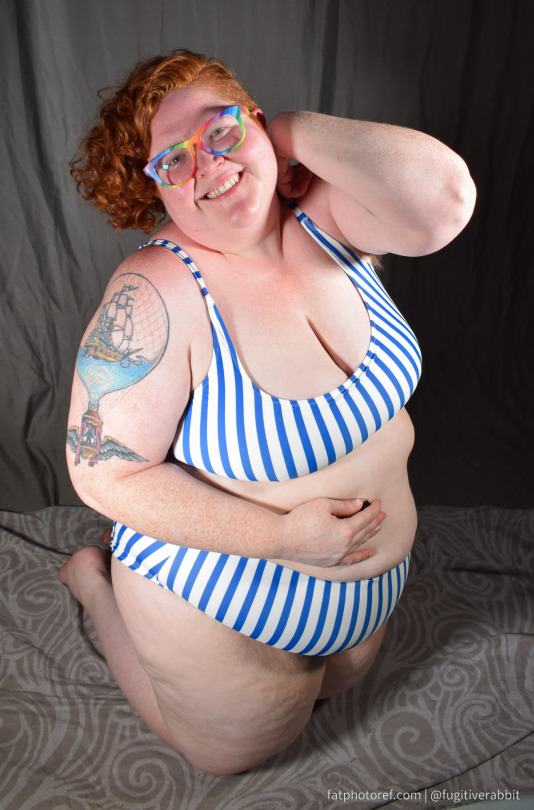
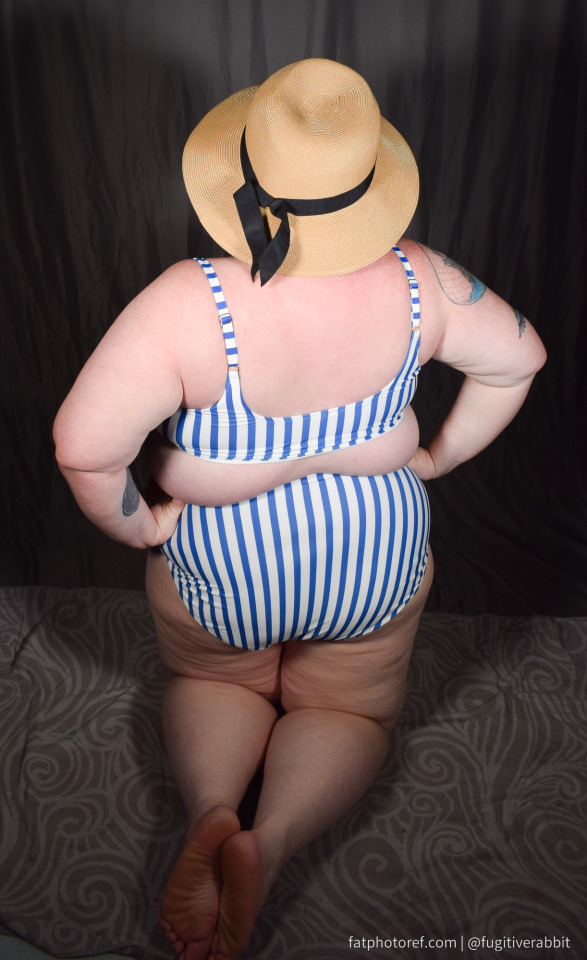
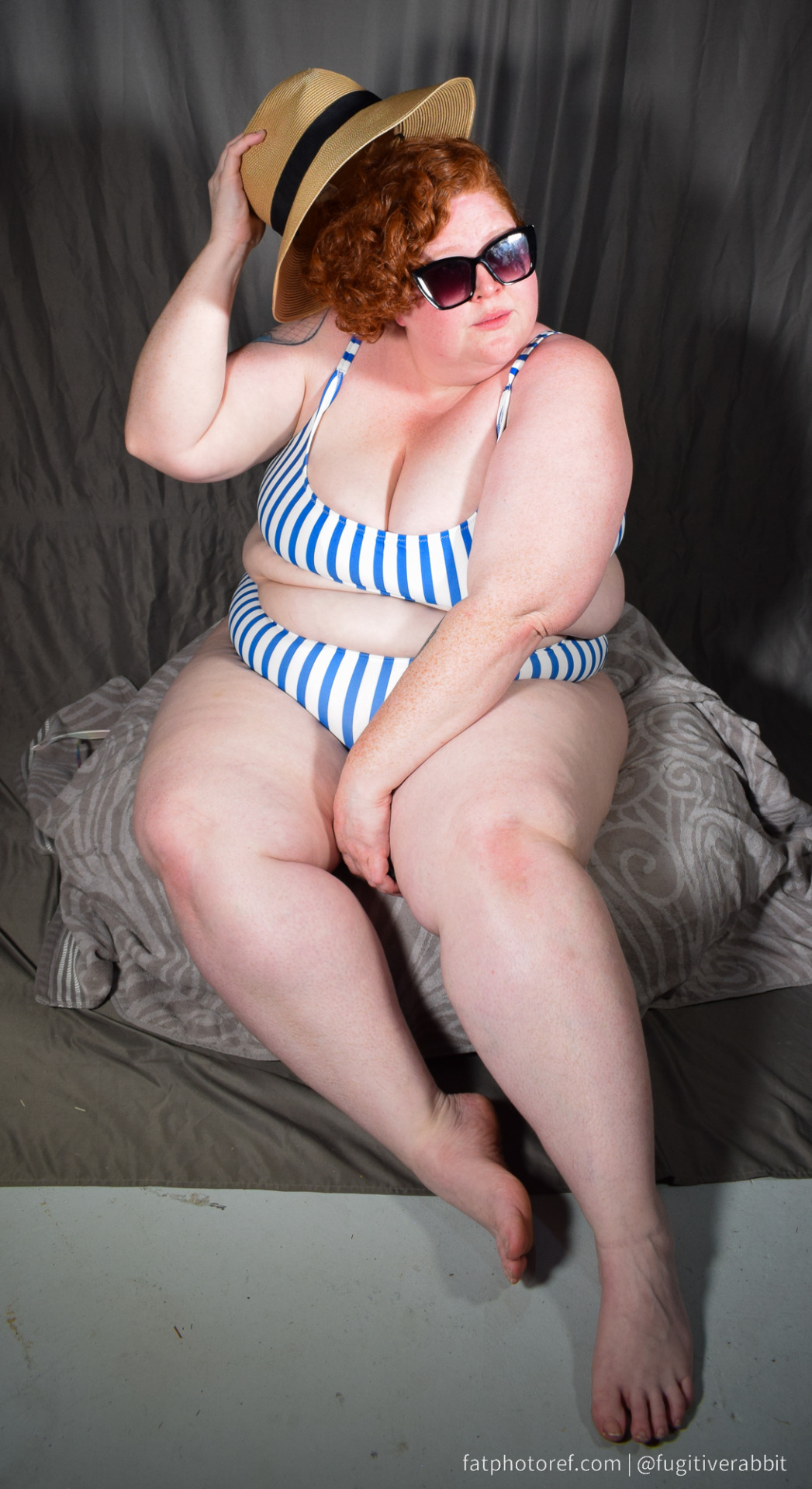
Fat Photo Ref just got an update!
New photos are up now to help you draw some beachy babes this summer. I'm hoping to update a little more frequently this summer and get to access requests quicker too. You can apply for access or login by going to fatphotoref.com (follow the link on the splash page to request access.)
#fat acceptance#art reference#fat photo ref#fat positive#plus size art#body positive#art resources#art resource#art tips#fat art#art help#art ref#useful websites
6K notes
·
View notes
Text
Fantasy Guide to Early 20th Century Trains

Trains were a popular means of transportation during the early 20th century. The previous decades saw to the explosion of more trains, more services and more tracks linking country communities which were isolated from cities and larger towns. So what do we need to know about trains in the early 20th century?
Typical layout

A basic layout of a train is as follows: passenger compartments, dining cars, luggage and guard vans.
Compartments: Compartments are where the passengers sat. They were divided between three classes – first, second, third. First class compartments were the most expensive. The seats were upholstered, and the floors were often carpeted. They were much larger than the other class compartments. They would be fitted with gas light like the rest of the train, the windows would have curtains, and the walls would often be panelled with wood. Second class compartments were less luxurious but pretty much the same as the first class only smaller and less grand. Third class would feature wooden benches or seats fitted with cushions or fabric, they were smaller and often more crowded. Compartments could be offered as corridor compartments which offered more movement between compartments and cars. Compartments would offer seating areas and areas to store hand luggage. Some trains travelling overnight would offer sleeper cars which offered beds and an area to wash.
Dining Cars: Dining cars were offered on some trains. There would be tables for the passengers to eat and get something to drink. Dining cars were usually offered only to certain classes or segregated by class.
Luggage Cars: Where large luggage would be stored.
Guard Vans: Where railway security staff could get warm. It also held a stove and hand-operated brakes which the designated guard would use to slow the train if needed.
Separation


Trains in this era were divided by class and in some case race. Unlike the American states and South Africa where there were laws preventing certain races from mixing with others or from using any class other than third class, Europe was a little more forgiving in the case of race. However, this is not to say there was no segregation. This was Europe at the height of the age of Empire. People who hailed from the ‘colonies’ were discriminated through subtler means than simple prevention, they would be discouraged from attempting to use the upper class tickets and sometimes they were even treated not as well as other passengers. Class was the main division on the train. First class of course had more ability to move, more access to amenities. They often had separate dining cars where they could sit down to full meals. Larger trains might even offer some other common areas such as smoking compartments. Second class were sometimes permitted to dine in the dining cars but may not have been allowed access to full meals. Third class was not permitted access to the dining cars, often having to bring along meals or buy food at the station before departure. The classes were not allowed to mingle. In cases of a first-class person travelling with a servant, they had the choice to either purchase a first-class ticket for their servant or leave them in third class.
Train and Station Staff


Trains did not run by themselves. The passengers and the train had many needs and there had to be an army of staff available to keep things chugging along *hehe*. That being said, the train staff weren’t the only people who kept things going smoothly, the station staff at each stop would also help out the staff and the passengers.
On the Train:
Drivers: These were the people who drove the train.
Firemen: These were the people who shovelled coal and kept an eye on the steam pressure.
Guards: The guards were there to keep the passengers safe. They sometimes checked tickets and would patrol the luggage cars, mainly to keep an out for anybody sneaking onto the trains without a ticket.
Conductors: Conductors would go from car to car to check tickets, collected any outstanding fares and kept an eye on things in the compartments.
Engineers: Would travel on the train to help out with repairs on the train.
Dining car staff: Such as maids to serve tea and coffee, waiters to serve food and if the train is large enough, kitchen staff and bartenders.
The Station:
Station Masters: Was the person in charge of the station, overseeing the flow of trains and passengers through the station.
Porters: Handled the luggage.
Signalmen: Oversaw the signals to keep the trains on track *hehe*.
Parts of the train

The train is a beast of many parts. A train in this era is a steam train, which links of cars connected together behind a steam engine.
Buffers & Buffing Gear: These are the parts of the train built in to absorb impact.
Cars: The segments of the train.
Couplers: This is what connects the train cars together.
Cowcatcher/Pilot: This is the frame that sits at the very front of the train used to clear things off the track.
Carriages: These are the cars that the passenger compartments are.
Headlamp: This is the light at the front used to improve visibility.
Freight Cars: Used for transporting goods.
Locomotive: This is the train’s engine. It is the driving force of the train, where the driver and the firemen would work.
Truck: The framework that connects the axles to the wheels.
Smokebox: Where the exhaust system of the stream engine is housed.
#fantasy guide to early 20th century trains#edwardian era#belle epoque#trains#writing stuff#writing inspiration#writing problems#writing tips#writing community#writing advice#writeblr#creative writing#writing prompt#writers on tumblr#writers#on writing#writing reference#writing resource#for reference#writing refs#fantasy guide#wtwcommunity#writing help
1K notes
·
View notes
Text


Drawing bases & pose references pt 89💕
1 standing + 1 tuxedo extra bases for patreon! Might do more clothing refs in the future!
#art reference#art ideas#art help#art resources#art tips#draw#draw your ocs#draw your comfort characters#drawing poses#drawing base#drawing reference#free base#free to use#pose reference#poses#anatomy poses#pose practice#artists on tumblr#draw your ship#albanenechi#clothes ref
1K notes
·
View notes
Text
My Fat Art Resources Masterpost
Dropbox link with scans of Morpho: Fat and Folds (highest quality ive found)
Archive.org link to scans of Morpho: Fat and Folds
How to draw fat bodies by @ strawberrylind
Tips on drawing big people by @ gubbins-turtledove
Fat bodies tutorial by @ wxrmandfxzzies
Drawing fat simple by @ necronatural
Chubby guide by paggiart (twitter link) (tumblr link)
Guide to drawing fat bodies by @ scwibbs
Double chins by @ officialspec
How I draw fat people by @ iwasarob0t
Stylized fat bodies by @ hometownrockstar
How I Draw Fat Furries by @ mushpuppies
#kitty purrs#fat tag#fat art#art references#fat positvity#body positivity#ref#fat art resources masterpost
3K notes
·
View notes
Text
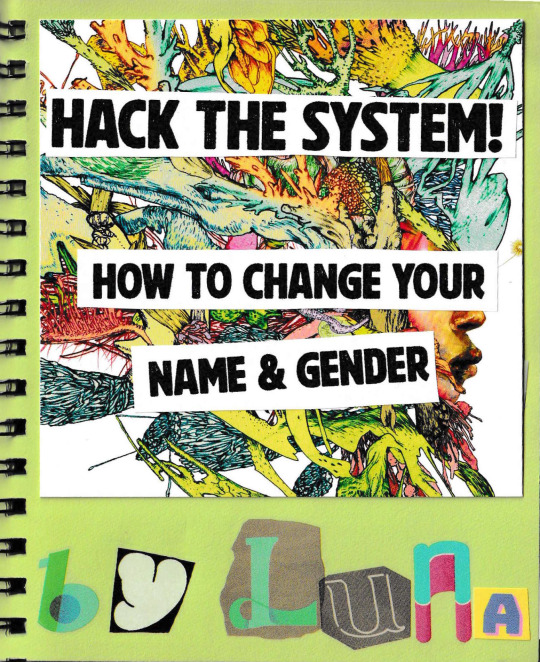



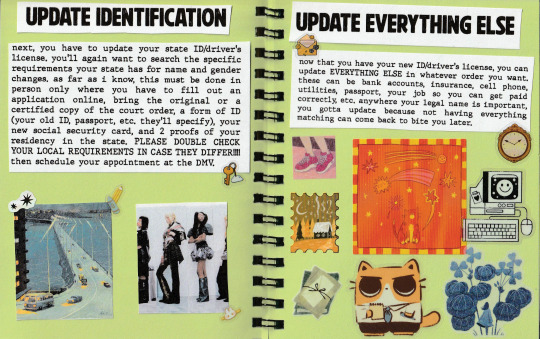
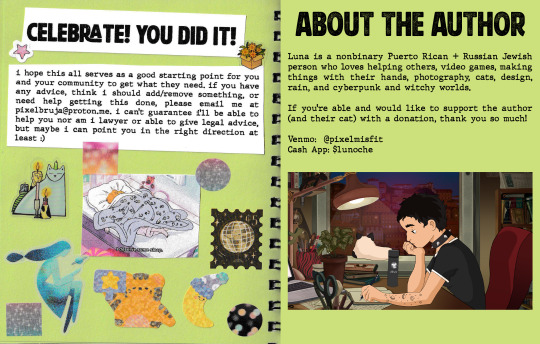
Hack the System! how to change your name and gender
(available on itch.io for download)
Have you or someone you know been wanting to legally change your name and/or gender within the USA? Are you unsure how to get started? Are you stuck on a step?
I use my legal and bureaucratic expertise to guide you through the process as someone who's volunteered at a legal clinic during law school and helped a couple of friends in different states change their names and/or genders over the years.
Whether you're trans or not, the process is the same, so even if you're solely wanting to change your name, this will still be helpful to you.
✬✬✬✬✬
This is my very first zine ever! I'm so excited to have finally fulfilled this lifelong dream of making a zine. It was hard figuring out what the first topic of my zine should be, and I finally realized that I have information not everyone has access to thanks to my education, personal experiences, and personality. I always wish I could help everyone get their legal documents changed to reflect their identity, so maybe with this, I can somewhat do that.
I got the DIY zine booklet paper from strangeandunusual.design/punchkisspress. Going to my local zine fest was extra inspiring for finally actually making a zine, and shout out to brattyxbre for all of her resources!
Thank you so much for reading, I appreciate it more than you can imagine! Share this resource with anyone know who needs it, please. :) We all deserve to have our identities reflected in reality.
Published March 2025
10 pages
Each page is about 4.5" wide and 5.6" tall
#zine#trans#transgender#lgbt#lgbtq#lgbtqia#resource#name change#gender change#transition#zineblr#zines#free zines#identity#legal#mine#ref#*
733 notes
·
View notes
Text
Find References to Draw a Head from Any Angle!
The web application returns images of heads at certain angles. Super helpful resource for figuring out how to draw a head at a tricky angle
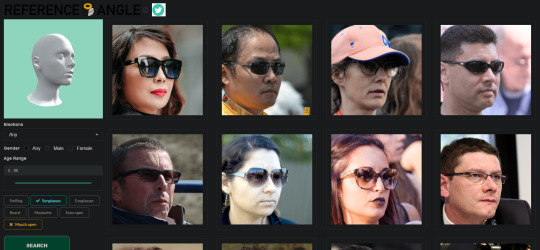
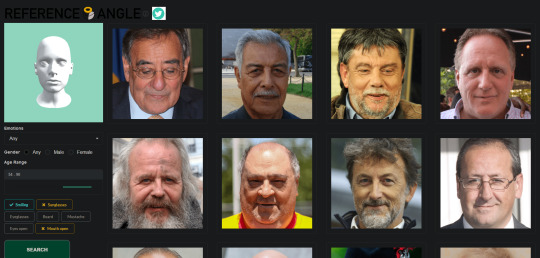
With tags for emotions, glasses, different ages, and more!
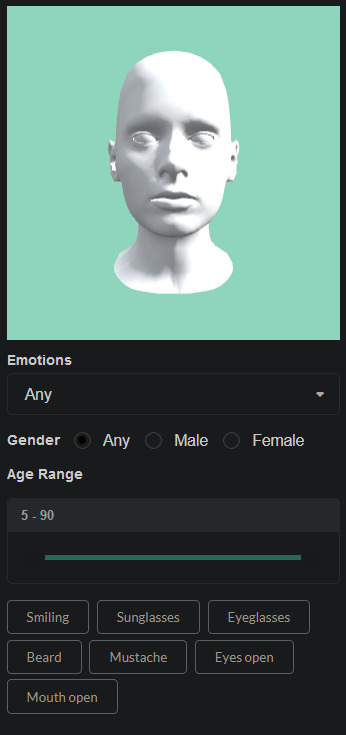
2K notes
·
View notes
Text

IM MADE OF DEAD MEAT AND I GOT NO TASTE AND I WONT LET UP TILL I GET MY WAY
#lobotomy corporation#little red riding hooded mercenary#love a woman built like a 2x4!!!!!!#caption lyric from katamari by femtanyl & used a couple photos from theposearchives on deviantart for refs. great resource#ok back to my scrambling through the last chapters of m/arathon 2. ironically im not actively playing lobcorp atm
2K notes
·
View notes
Text


fellas
#merch#spiderverse#hobie brown#miles morales#something something metaphor for capitalism#fuuuck me if this isn't a hell of an art/costume ref though#punkflower#hobie x miles#resources
6K notes
·
View notes
Text


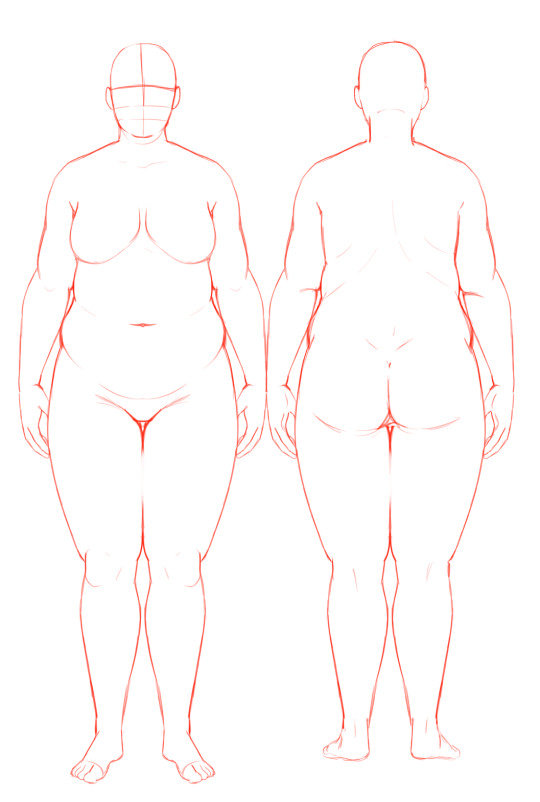

I have about 5-6 different version of both femme and masc body bases, I'll add to them as I go, but feel free to use these bases as you want! Draw on them, trace them for practice, use them for your ocs refs, whatever!
If you have any body types you want me to include, feel free to message me and I'll try my best!
348 notes
·
View notes
Text






Suffer no longer my fellow TF MTMTE fans! Rejoice for I have scavenged the depths of the darkest caves and climbed the highest mountains to bring you LL reference photos and sketches for all my struggling background artists. The interior references are concept sketchs by Alex Milne (A.K.A markerguru on X and DeviantArt, and markerguru001 on instagram and tumblr)
In order of appearance (left to right):
Lost Light Bridge
Swerve's bar
Rung's office
Lost Light engine room
Lost Light medical bay
2K notes
·
View notes
Text


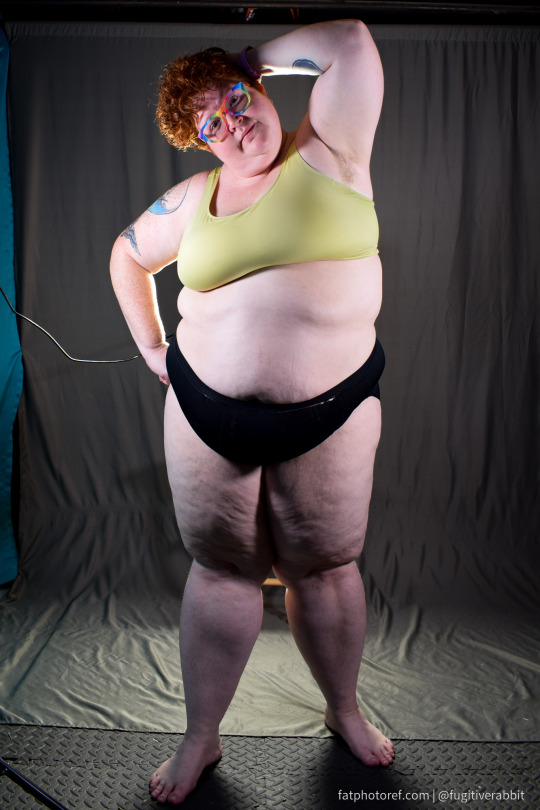



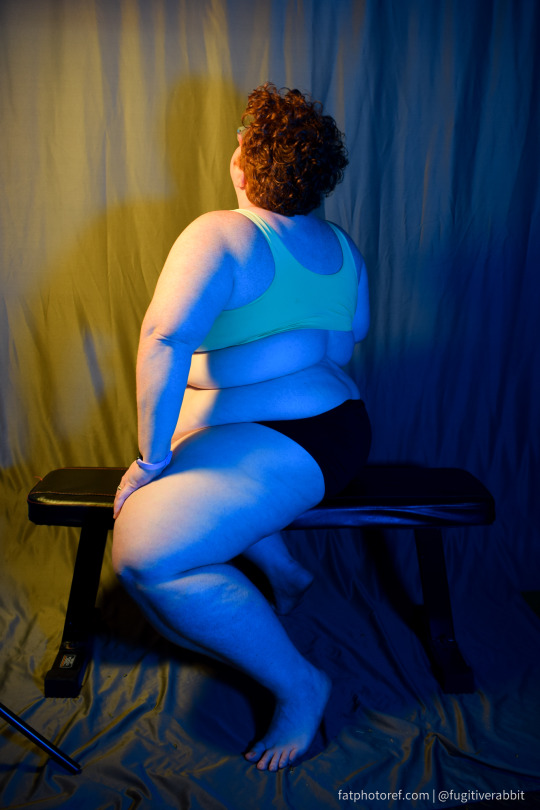
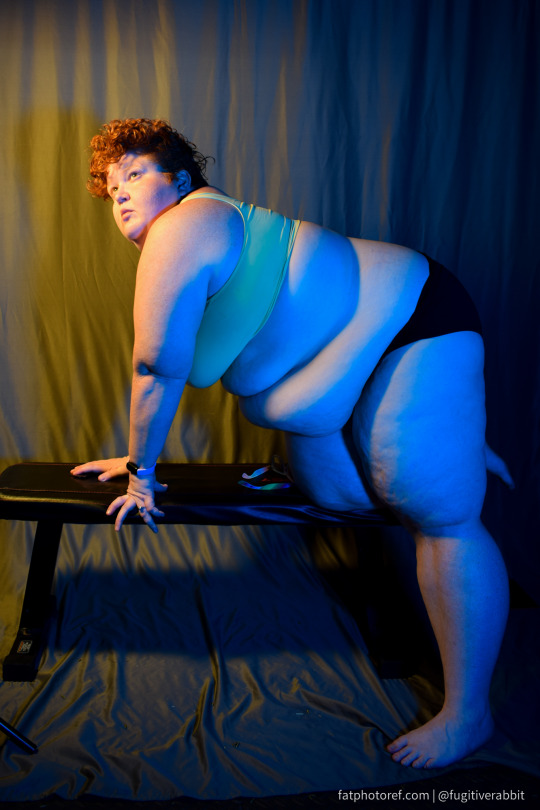

Thanks to some incredible supporters I was able to purchase new lighting for fatphotoref!
That means that there are new photos going up on the site every Monday from now through September. If you don’t want to wait that long to see them all, I’ve added an option to buy the full set from my last shoot on my ko-fi page.
Here’s a direct link to purchase the mega-pack, but no pressure whatsoever. https://ko-fi.com/s/7d8ba786c4

#fat acceptance#fat reference#plus size ref#plus size art#fat art#fat art model#fat artist#artists on tumblr#fat positive#art reference#fat liberation#fat model#refs#art tips#art resources#reference#fatphotoref
7K notes
·
View notes
Note
The backgrounds for the latest pages are absolutely gorgeous, amazing work, seriously stunning
I want to be super transparent about my process because I don't like to get credit when it's not due, especially in this current chapter where I started using stock images to tackle backgrounds faster:
In most cases I usually use one stock image per scene and tweak it and paint over it. And for headshots, blur tool is my beloved. Here's an example of the current scene with minimal paintover since snow scenes demand a lot less detail. I usually work on them more.




^ This was the first scene where I used a stock image.
The colors are usually tweaked, but I absolutely can't take the credit for most of them. I don't know, this might seem lazy to a lot of people who haven't drawn 300 pages before, but it has helped me tons to keep up with such a long-running comic. I tried making 3D scenes myself but with my attention span it wasn't worth it. That said, not every panel/scene uses stock images, but a lot of them do.
The photographers are always credited in the description of my pages.
#ask#ghosts-gone#technical stuff#I only use photos with both commercial and non-commercial lisence to be safe#I'm not lying sometimes it feels like the comic is sucking the life out of me due to the demanding artstyle#and I worry I can't keep up with it#and it's such a shitty feeling so I'm glad this is something that has helped me#look at refs#use resources#from a technical standpoint it's a great time to be an artist
228 notes
·
View notes
Text

"Breyer" Unregistered appaloosa gelding
#horse#horses#horseblr#breyer#appaloosa#equine#horse ref#tbh reblog if you can because I want this to be a helpful resource for customizers!!
215 notes
·
View notes
Text

"Publishers for Palestine is a global collective of publishers, and others who work in publishing around the world, who stand for justice, freedom of expression, and the power of the written word.
Join us for an international #ReadPalestine week, starting Wednesday, November 29, on the International Day of Solidarity with the Palestinian People. During this week, we encourage people around the world to read fiction and poetry by Palestinian and Palestinian diaspora authors, as well as nonfiction about Palestinian history, politics, arts, culture, and life, as well as books about organizing, resistance, and solidarity for a Free Palestine.
To encourage the spread of #ReadPalestine, signatories of the Publishers for Palestine letter of solidarity have organized a Free Palestine Reading List. Participating publishers are offering one of their e-book titles for free download from November 29 to December 5; all titles are available through this website. There are currently more than thirty books on the list in nine languages, including a half-dozen award winners, with more coming in.
We also encourage readers to post on social media about their favorite Palestine books, to quote from their favorite authors, and to make learning more about Palestine an act of solidarity, using the hashtags #ReadPalestine, #LirelaPalestine, #اقرأ_فلسطين, and more. Participating indie bookstores and libraries are invited to join us by creating Read Palestine displays, social media posts, and other forms of creative solidarity."
#readpalestine#publishers for palestine#palestine#reading list#free resources#mine#ref#ref: mine#the hits
2K notes
·
View notes